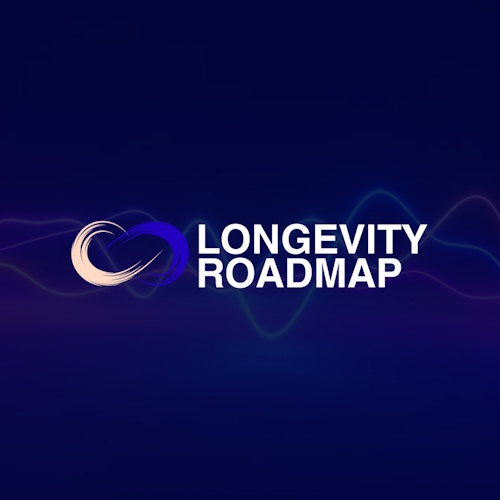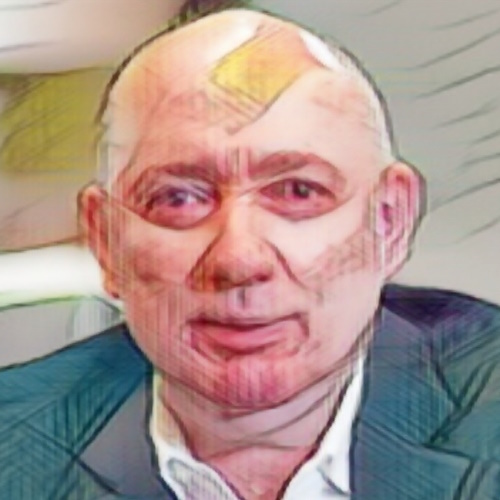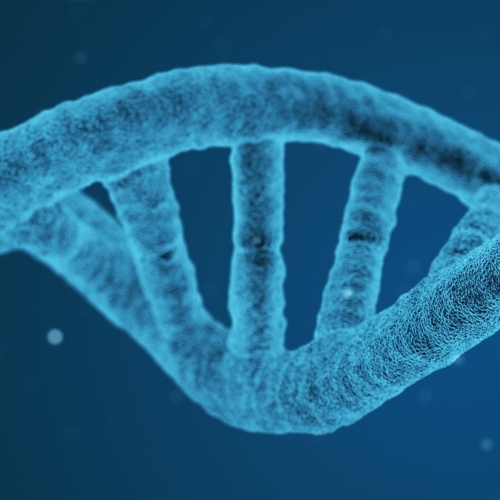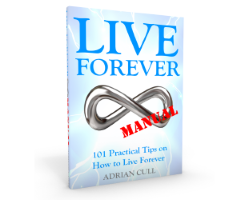How DNA Mutations and Epigenetic Drift Cause Aging with Prof. Jan Vijg
Longevity Roadmap Podcast- Prof. Jan Vijg explains how genetic and epigenetic changes lead to ageing
In this episode, host Buck Joffrey speaks with Professor Jan Vijg, a leading researcher in ageing genetics, to unpack how DNA mutations and epigenetic drift contribute to the ageing process. The conversation explores why our cells accumulate damage over time, how this alters gene regulation, and what emerging science suggests about slowing or even reversing these processes.
Key Points:
Prof. Vijg emphasizes that strengthening the body's DNA repair systems may offer a more powerful approach to extending lifespan than simply treating the outward symptoms of ageing. Emerging research into partial cellular reprogramming and the DREAM complex, a regulatory system that limits DNA repair in somatic cells, suggests that restoring youthful repair capacity could eventually push human maximum lifespan beyond its current limits.
- Mutations vs. Epigenetic Drift – What’s the Difference?: DNA mutations are permanent changes in the gene sequence, while epigenetic drift refers to chemical modifications (such as DNA methylation) that alter gene expression without changing the sequence itself.
- Somatic Mutations Accumulate with Age: Everyday metabolic processes and environmental factors create DNA damage. Although cells repair most damage, small errors accumulate as mutations over time—contributing to ageing and increasing cancer risk.
- Germline Cells Are Protected Better Than Body Cells: Species must protect sperm and egg DNA to avoid extinction, so germline cells maintain extremely low mutation rates. Body (somatic) cells, however, have less repair pressure and therefore accumulate damage more readily.
- Loss of Gene Regulatory Control with Age: Epigenetic drift leads to “transcriptional noise”—cells in the same tissue begin expressing genes at different levels, weakening coordinated function and resilience, which may explain declining immune and stress responses.
- Repair Enhancement Could Extend Lifespan: Vijg highlights the “DREAM complex,” a regulatory system that suppresses DNA repair in somatic cells. Early research suggests shutting it down or reprogramming cells (e.g., via Yamanaka factors) could restore repair capacity and potentially extend maximum lifespan beyond current human limits.
Visit website: https://www.youtube.com/watch?v=JnzuO4zaPcM
See alsoLongevity Roadmap Podcast
Podcast on science-backed strategies to slow aging and boost health with Buck Joffrey
Details last updated 30-Oct-2025





